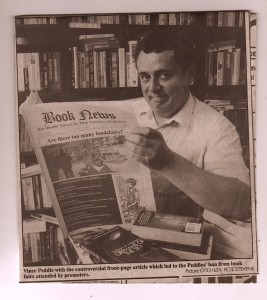 All collectors and dealers love book fairs, don’t they? Well, up to a point. They can be good places to see what other dealers are up to— what treasures they are selling and how well they are doing. And even if they don’t buy anything, fairs can be good places for collectors to value their own collections. On the down side, fairs can be intimidating for collectors who only want to chat to dealers about books. There is often a tangible sense that dealers are only interested in talking to you about books if you show an interest in buying one of their items.
All collectors and dealers love book fairs, don’t they? Well, up to a point. They can be good places to see what other dealers are up to— what treasures they are selling and how well they are doing. And even if they don’t buy anything, fairs can be good places for collectors to value their own collections. On the down side, fairs can be intimidating for collectors who only want to chat to dealers about books. There is often a tangible sense that dealers are only interested in talking to you about books if you show an interest in buying one of their items.
However, 20 years ago, it would seem that alongside these perennial complaints about dealers there was something more sinister going on behind the scenes. A clipping from the Watford Observer dated August 15th 1997 told the story of a local dealer who had had the temerity to challenge the book fair establishment and had paid a high price for doing so. Vince Peddle, co-owner of the imaginatively named Peddle Books, and publisher of the info-sheet Book News, had recently published a front page article in this magazine complaining that the over abundance of fairs was putting some dealers out of business. Continue reading

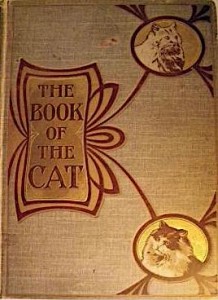
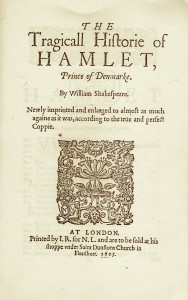
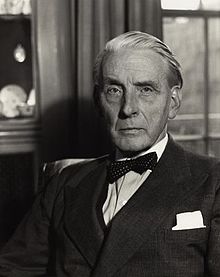
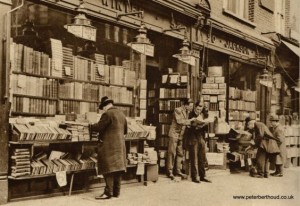
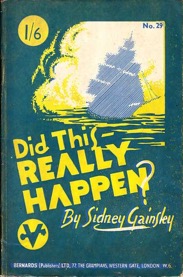 others.
others.
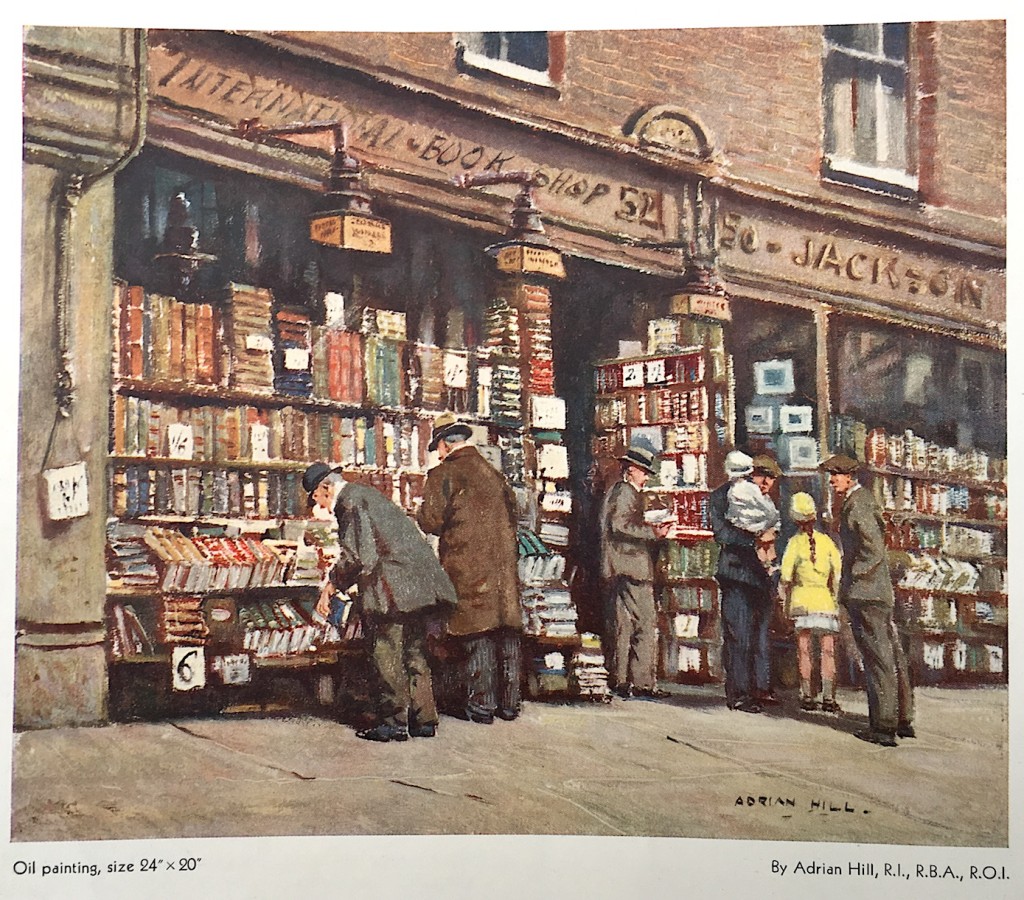
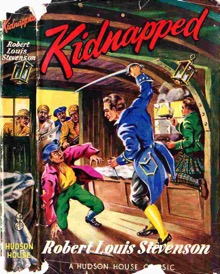
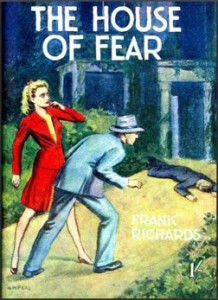
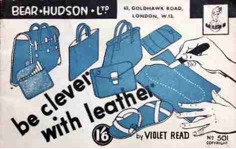
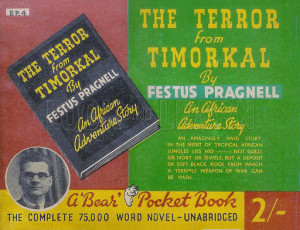
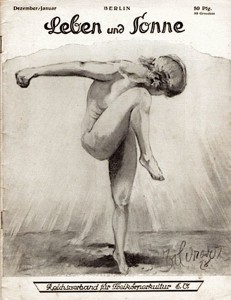
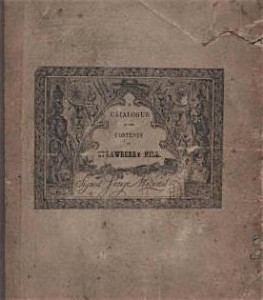 Found in a copy of John O’London’s Weekly for 18th April 1952 is a review of Collector’s Progress by Wilmarth Lewis ( 1895 – 1979) in which the author reveals that the combination of wealth and a collector’s obsession brought about the greatest collection of manuscripts relating to Horace Walpole in the world.
Found in a copy of John O’London’s Weekly for 18th April 1952 is a review of Collector’s Progress by Wilmarth Lewis ( 1895 – 1979) in which the author reveals that the combination of wealth and a collector’s obsession brought about the greatest collection of manuscripts relating to Horace Walpole in the world.
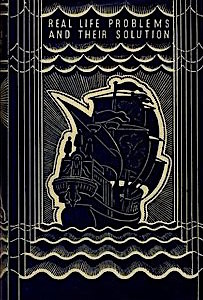
 Found in a thriller by
Found in a thriller by 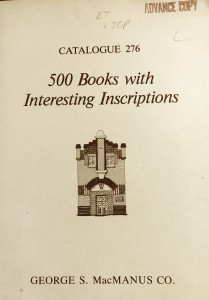 Found – a 1982 book collector’s catalogue from George S Macmanus of Philadelphia 500 Books with Interesting Inscriptions. Mostly modern American and British literature, it has many direct signed presentation from the authors and many
Found – a 1982 book collector’s catalogue from George S Macmanus of Philadelphia 500 Books with Interesting Inscriptions. Mostly modern American and British literature, it has many direct signed presentation from the authors and many 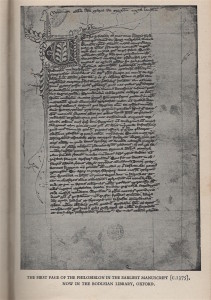 Bishop Bury of Durham spent so much money on books that he lived in dire poverty and debt and when he died all that could be found to cover his corpse was some underwear belonging to his servant.
Bishop Bury of Durham spent so much money on books that he lived in dire poverty and debt and when he died all that could be found to cover his corpse was some underwear belonging to his servant.